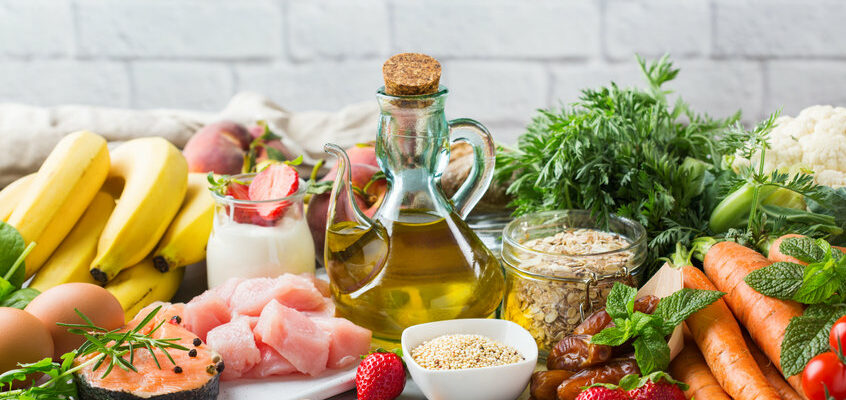
Dietary
Approach to
Stop
Hypertension
Devised by health experts at the National Institutes of Health (NIH), the DASH Diet serves as a long-term solution for those looking to lower their blood pressure. High blood pressure affects nearly half of all adults¹ in the US, according to the CDC. Whether you are over 65, have problems with weight management, have a high-sodium diet, or struggle with a range of other complications, hypertension is a broad-reaching condition. The DASH Diet is a healthful eating plan that enables those with hypertension to support their heart health and prevent the onset of more serious diseases.
How does it work?
As opposed to fad diets, which seek to offer one solution to complex health issues, the DASH Diet addresses several parts of a person’s eating pattern. It focuses not only on what you eat, but also how much, and aims to teach people how to reach the ideal balance of nutrients every day. Dieters reduce their sodium intake, while also being encouraged to increase their consumption of nutrient-rich food. DASH Diet-approved foods are full of micronutrients that nourish the body and promote weight loss, although that is not the main goal of the diet. Furthermore, this diet offers healthy swaps for junk food² which can help curb cravings and minimize the consumption of processed foods in the long run.
What can I eat on the DASH Diet?
Anyone looking to try the DASH Diet will be guaranteed to eat plenty of nutrient-rich and heart-healthy foods. Also, this diet embraces a higher intake of fiber, magnesium, calcium, and potassium with foods³ such as:
| FOOD | SERVING |
|---|---|
| Whole Grains | 6-8 daily servings |
| Fruits | 4-5 daily servings |
| Vegetables | 4-5 daily servings |
| Lean meats, poultry, or fish | 6 or fewer daily servings |
| Low-fat dairy products | 4-5 weekly servings |
| Nuts | 4-5 weekly servings |
| Seeds | 4-5 weekly servings |
| Legumes | 4-5 weekly servings |
Conversely, it seeks to reduce consumptions of foods like:
| FOOD | EXAMPLE |
|---|---|
| Fatty Meats | Red meat, chicken with skin, etc. |
| Full-fat dairy products | Whole milk, butter, etc. |
| High sugar foods | Candy, desserts, etc. |
| Sugary drinks | Soda, juice, etc. |
| Oils solid at room temperature | Coconut, palm, etc. |
However, this diet is less about omission and more about intuitive eating. The DASH diet endeavors to help people choose to consume healthier foods of their own volition. For instance, if you find it hard to completely say goodbye to steak, simply significantly reduce how much and how often you eat it. Overly restrictive diets are not conducive to prolonged success, which is why this eating plan serves more as a guideline, except for when it comes to sodium. The most important rule of this diet is not to surpass your daily limit for sodium.
Slash your sodium intake!
Did you know that one can of Chef Boyardee contains 750 mg of sodium? This is almost half of the lower DASH Diet daily limit! On this diet, the average daily limit for sodium is 2,300 mg⁴. Although for those looking for more dramatic results, there is also the lower 1,500 mg daily limit. The effects of this reduction are almost immediate, yet it can be challenging to significantly reduce sodium intake in today’s age. So, how can you effectively reduce your salt intake? Try these tips⁵:
- Reach for sodium-free seasonings
- Avoid adding salt when cooking rice or pasta
- Opt for plain fresh or frozen vegetables
- Choose skinless poultry, fish, and lean cuts of meat
- Study nutrition labels to understand how much sodium is in your favorite foods
Success with the DASH Diet
With our hectic day-to-day lives, making a switch to a low-sodium diet can take time. Nonetheless, with the help of meal plans, carefully planned out shopping trips, and regular meal prep, the DASH Diet gets easier. Unchecked high blood pressure can put you at risk for heart disease, cancer, and other serious health conditions. If you or someone you know is looking to manage their hypertension, recommend that they learn more about this healthful eating plan. For more information, check out the National Institutes of Health’s Eating Plan.
References
- “Facts about Hypertension.” Centers for Disease Control and Prevention, Centers for Disease Control and Prevention, 27 Sept. 2021, www.cdc.gov/bloodpressure/facts.htm.
- Brazier, Yvette. “The Dash Diet: Health Benefits and What You Can Eat.” Medical News Today, MediLexicon International, 10 Jan. 2020, www.medicalnewstoday.com/articles/254836.
- “Dash Eating Plan.” National Heart Lung and Blood Institute, U.S. Department of Health and Human Services, www.nhlbi.nih.gov/education/dash-eating-plan.
- “Dash Diet: What Is It, Meal Plans and Recipes.” Cleveland Clinic, Cleveland Clinic, 17 Nov. 2021, health.clevelandclinic.org/dash-diet-what-is-it-meal-plans-and-recipes/.
- “How to Make the Dash Diet Work For You.” Mayo Clinic, Mayo Foundation for Medical Education and Research, 25 June 2021, www.mayoclinic.org/healthy-lifestyle/nutrition-and-healthy-eating/in-depth/dash-diet/art-20048456.
Ashuni Pérez is a writer in the culinary, as well as health and wellness industries. With a background in teaching and digital media, she loves to learn and help others discover more about their food, where it comes from, and how best to prepare it. A foodie through and through, she is always searching for new recipes and the freshest ingredients.


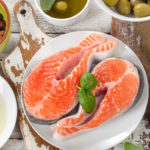

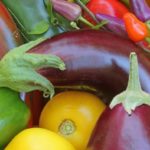

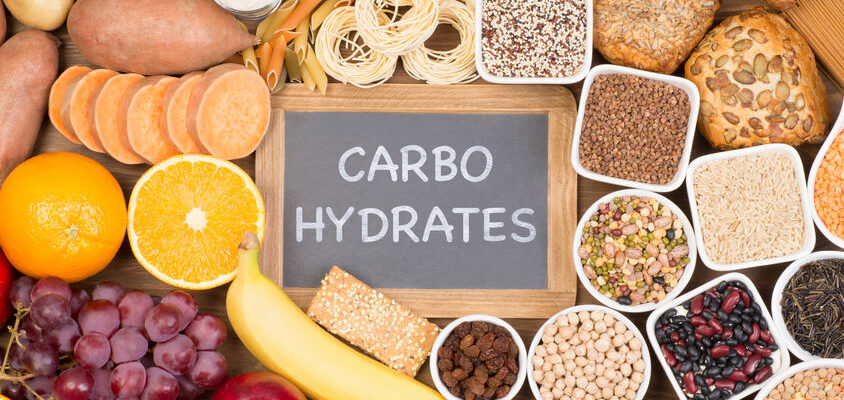


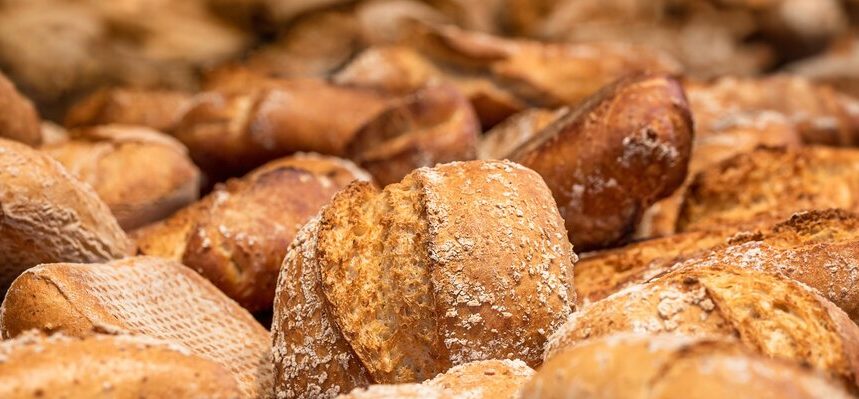

Leave A Comment